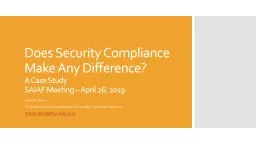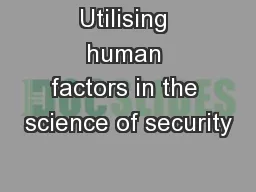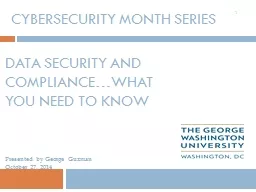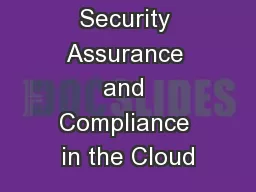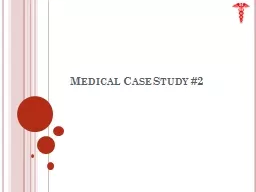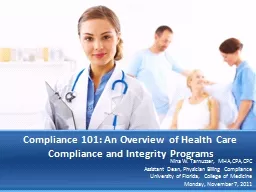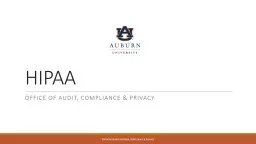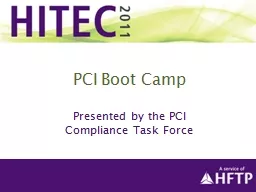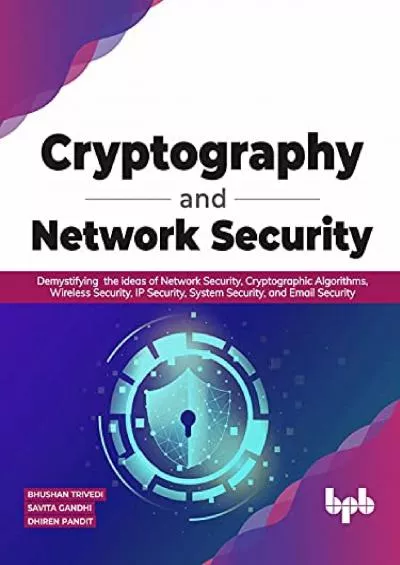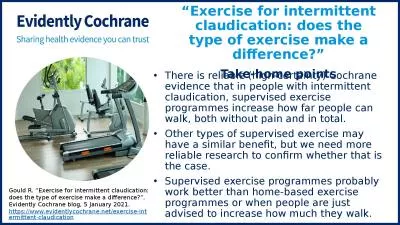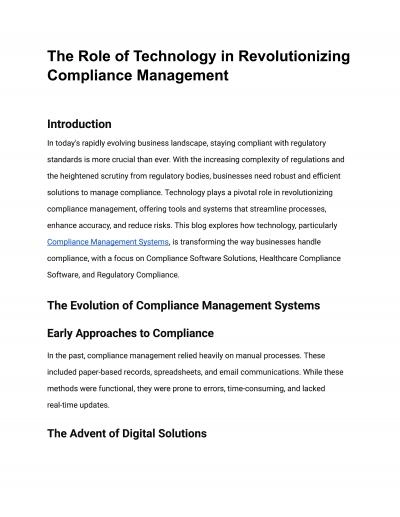PPT-Does Security Compliance Make Any Difference? A Case Study
Author : jane-oiler | Published Date : 2019-10-31
Does Security Compliance Make Any Difference A Case Study SAIAF Meeting April 26 2019 Robert Stiles IT Auditor Texas Department of Family Protective Services Robertstilesdfpsstatetxus
Presentation Embed Code
Download Presentation
Download Presentation The PPT/PDF document "Does Security Compliance Make Any Differ..." is the property of its rightful owner. Permission is granted to download and print the materials on this website for personal, non-commercial use only, and to display it on your personal computer provided you do not modify the materials and that you retain all copyright notices contained in the materials. By downloading content from our website, you accept the terms of this agreement.
Does Security Compliance Make Any Difference? A Case Study: Transcript
Download Rules Of Document
"Does Security Compliance Make Any Difference? A Case Study"The content belongs to its owner. You may download and print it for personal use, without modification, and keep all copyright notices. By downloading, you agree to these terms.
Related Documents

